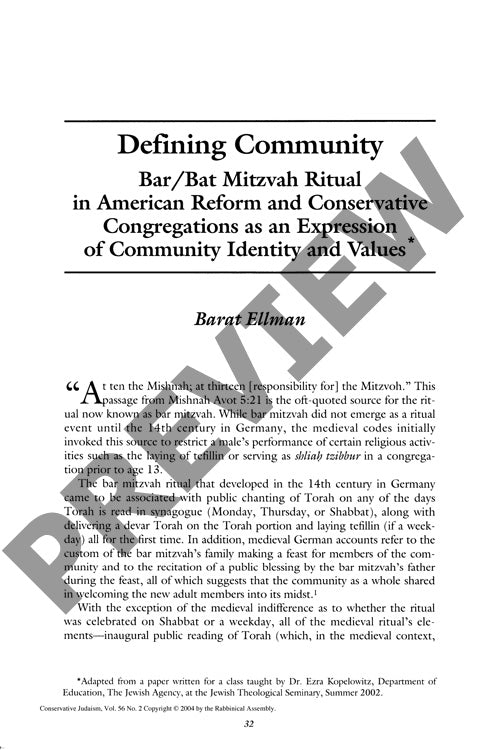Defining Community Bar and Bat Mitzvah R
Couldn't load pickup availability
American Reform and Conservative synagogues transform the centuries-old bar/bat mitzvah ritual into distinct expressions of their communal values, despite serving similar demographics and maintaining core ceremonial elements. From its 14th-century German origins as a marker of religious obligation, bar mitzvah has evolved into a powerful vehicle for congregational identity in contemporary American Judaism. Through ethnographic observation of Shabbat services and bar/bat mitzvah celebrations at two New York synagogues, coupled with clergy interviews, marked differences emerge in how these communities interpret and implement the ritual. While both congregations preserve Torah reading and devar Torah delivery, their approaches diverge significantly. The egalitarian Conservative Synagogue X integrates the ceremony into regular Shabbat worship, emphasizing mastery of traditional skills like Torah cantillation and framing it as initiation into ongoing adult Jewish practice. In contrast, Temple Y (Reform) conducts separate services, adapts requirements to individual capabilities, and presents the ritual as a completed personal achievement fostering Jewish connectivity. These variations reflect fundamentally different concepts of Jewish adulthood, community membership, and religious authority: Synagogue X prioritizes traditional authority, collective standards, and repeated ritual participation, while Temple Y emphasizes individual fulfillment, personal meaning, and experiential connection to Judaism. Each approach proves meaningful within its respective congregational context, demonstrating how identical ritual frameworks can encode distinct theological and communal orientations.

More Information
-
Physical Description
-
Publication Information
Published 2004
ISBN
-
Publication Credits
Barat Ellman

